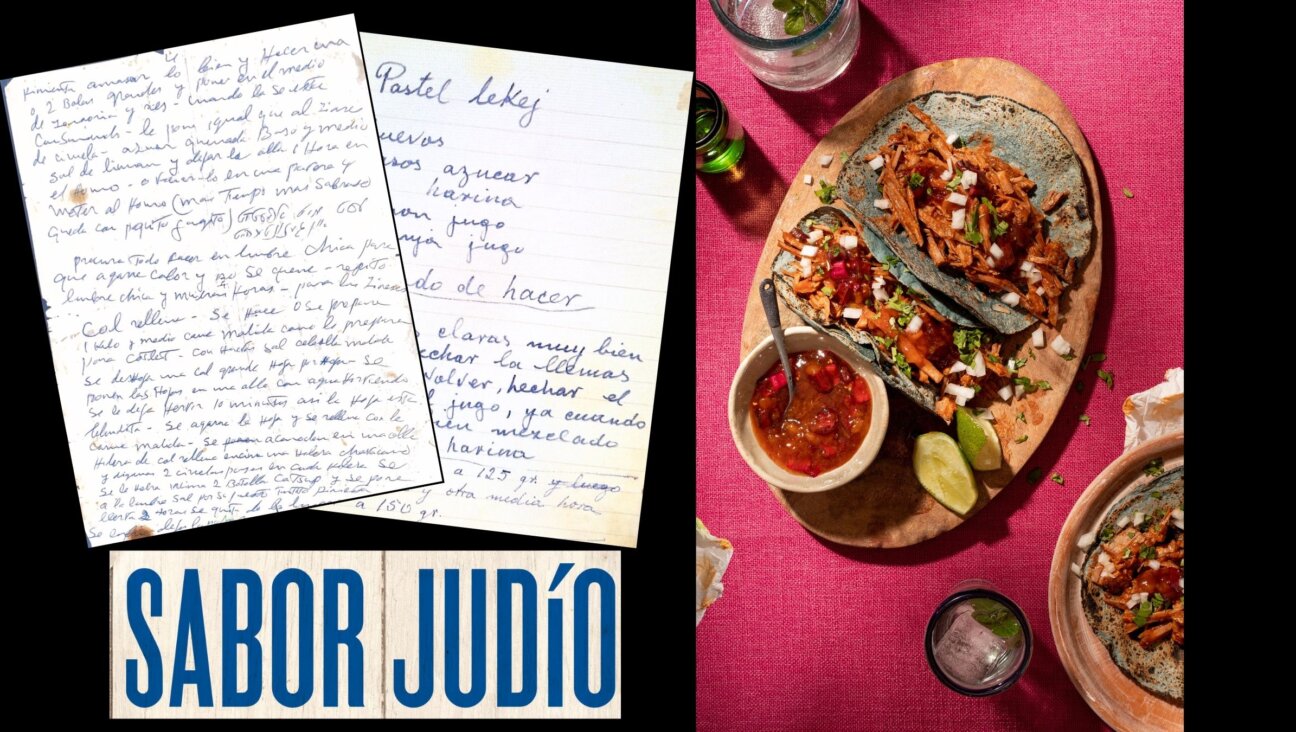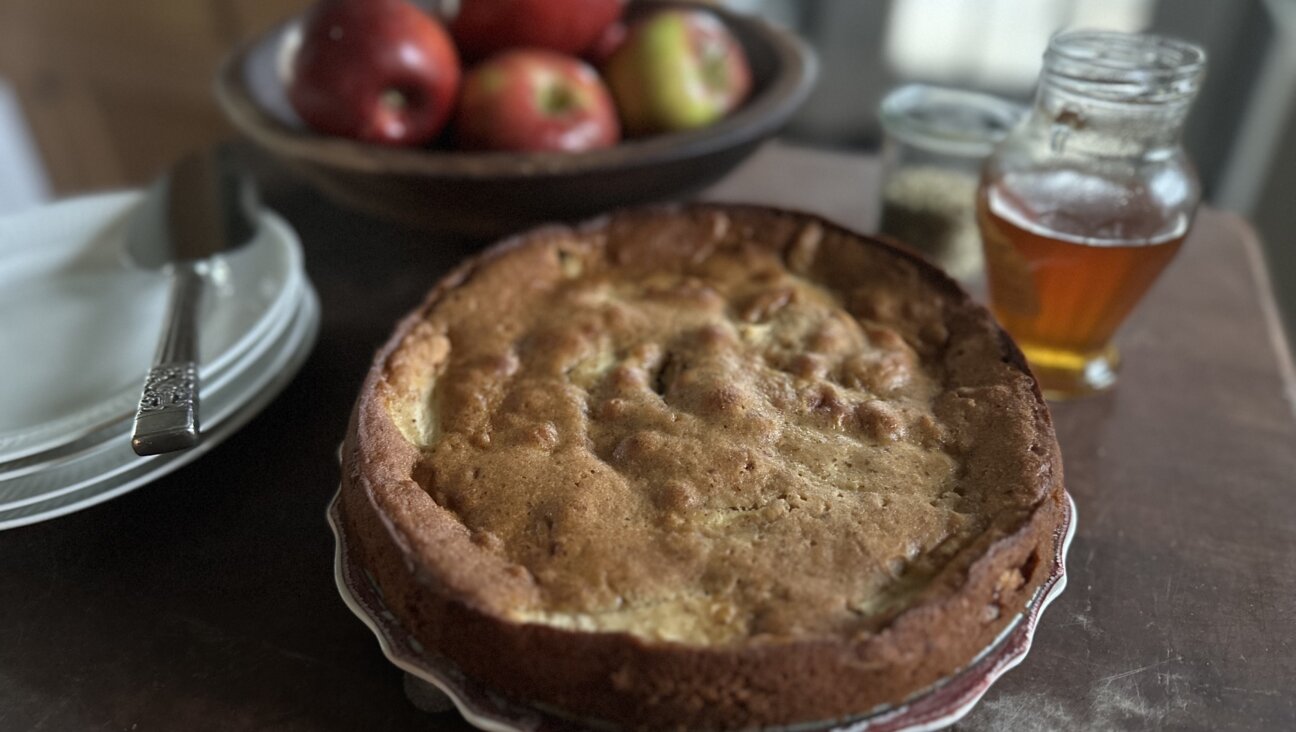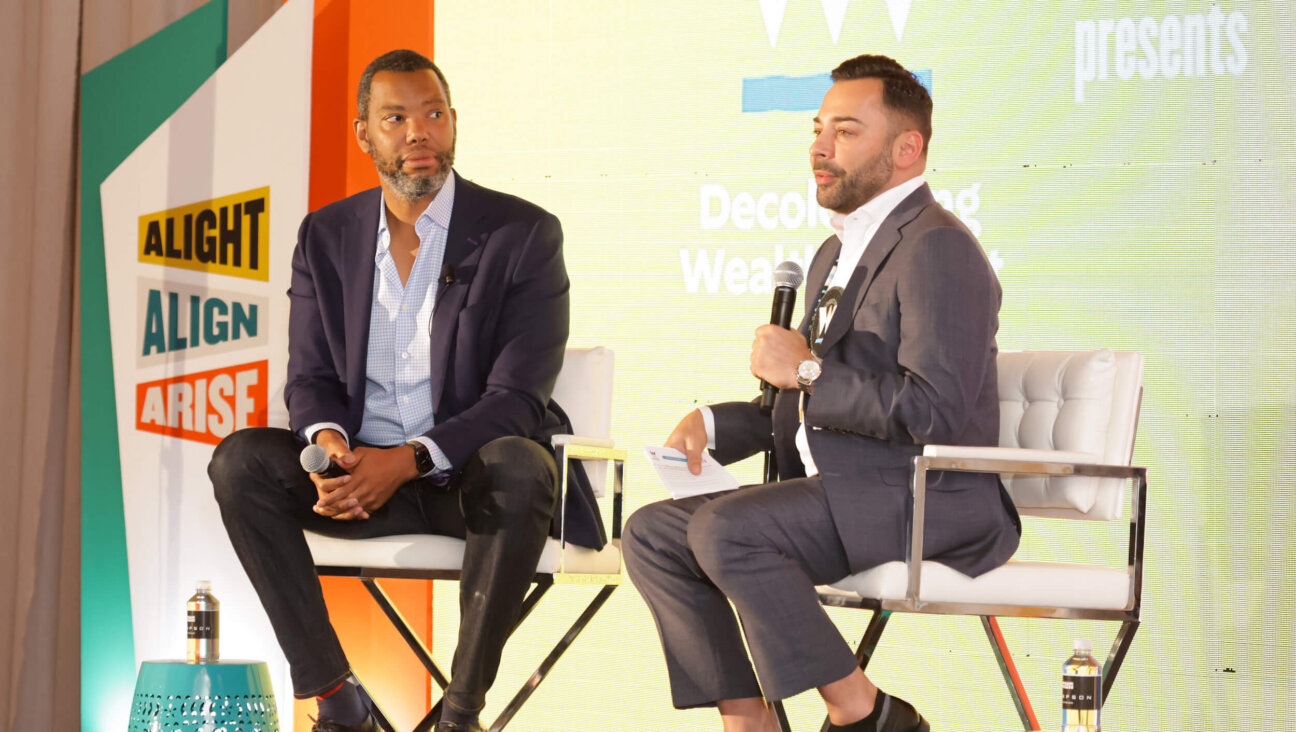Wine Chat With Golan Heights Winery

Image by Thinkstock
For Israeli wines, it has been an uphill battle to gain recognition in the world wine community. But a recent announcement gave it a big leg up. Wine Enthusiast, the leading wine magazine, named Golan Heights Winery as the New World Winery of the Year.
In the late 1970’s a young, ambitious winemaker, Victor Schoenfeld, moved from California to Israel. Schoenfeld received his degree in viticulture from the University of California Davis and worked at the Robert Mondavi Winery and Chateau St. Jean in France before moving to the Golan Heights. Once he arrived, he realized the potential for grapes to grow in the rich soil. He worked with local kibbutzs to plant his first vines for classic varieties like Cabernet Sauvignon, Merlot, Sauvignon Blanc and Cabernet Franc. In 1983, Schoenfeld was part of the team that founded the Golan Heights Winery.
Today he is still the Chief Winemaker and is one of the most influential leaders in the Israeli wine industry. We chatted with him about his inspiration and his favorite wines.
Esther Cohen: Establishing a winery, especially in Israel in the 1980s, took a lot of risk and guts, what do you think was the biggest challenge to get to this point?
Victor Schoenfeld: Starting a winery in Israel in 1983 to produce high quality wine was a risky business plan. The idea was to produce a wine for which there was no obvious demand. The recommendation to plant vineyards in the Golan was based on the macro view that the high elevation would provide cooler temperatures than the warm, humid subtropical coastal plain. Nobody really knew how good the area would be.
We got extremely lucky with a few of the original vineyard plantings, especially of Cabernet Sauvignon. That early success provided the motivation to continue.
What type of qualities did it take to get to this point?
I think the biggest factor in our success is the willingness to work toward the long term. The harvest season comes once a year. We work in units of years. I often envy chefs who can run a number of experiments in a single day and make some conclusions. We get one chance a year. So in order to move forward, you need to accumulate knowledge over many years and work on projects that last many years. I have been extremely lucky to have worked here for more than two decades and to be able to see the advancement. But this process is never ending.
Looking forward, what type of goals is the GH Winery setting for itself?
We very much want to carry on as an industry leader and to continue to push the quality envelope. We have been working on a number of projects which are now coming to fruition and are extremely excited. We believe there is still endless potential in our region that we have yet to exploit.
In your opinion, where do you see the Israeli wine industry going in the next 5 years?
The Israeli wine industry continues to develop and mature. I think that long term the industry must concentrate more and more on the high end of the quality spectrum. Israel is a small country with high costs. We have absolutely no advantage over other countries in trying to produce low cost mediocre quality wines. The world does not need us for uninteresting wines.
What winery outside of Israel, do you aspire to be like?
We do not aspire to be like any specific winery. In terms of wine style, we aim to produce wines that reflect the Golan Heights. Therefore, we want to prevent trying to make wines that imitate or mimic wines from other areas. Imitation is not what high quality winemaking is all about. But great wines are being made now in many countries and we are always interested in visiting interesting people making interesting wines. You never know in advance from where you will find inspiration.
If you had to choose the top 3 wines from the Golan Heights winery, which ones would they be and why?
This is an impossible question and one I would probably answer differently every time asked. “Top” is hard to define. And when it comes to wine, we normally think in terms of pairing them successfully with food.
That said, one wine that would always be on the list is Yarden Cabernet Sauvignon. This is the benchmark Israeli Cabernet, if not the benchmark Israeli wine, period. On the other side of the style spectrum would be the classic sparkling wine Yarden Blanc de Blancs. The character of this wine helps tell wine lovers the story of our region.
Perhaps the third wine I would pick is Yarden Odem Vineyard Chardonnay, made from organic fruit. This is a stunning wine that shows of floral and mineral notes, with a core of ripe pear and tropical fruit characters.
Since I picked two wines based on Chardonnay, I’ll have to add a fourth wine, which is Yarden 2T. This is new wine based on two Portuguese varieties: Touriga Nacional and Tinta Cao. This complex wine combines ripe fruit notes with exotic notes of spice and wild berries. This wine represents a new direction, interesting, exciting direction.
A message from our CEO & publisher Rachel Fishman Feddersen

I hope you appreciated this article. Before you go, I’d like to ask you to please support the Forward’s award-winning, nonprofit journalism during this critical time.
We’ve set a goal to raise $260,000 by December 31. That’s an ambitious goal, but one that will give us the resources we need to invest in the high quality news, opinion, analysis and cultural coverage that isn’t available anywhere else.
If you feel inspired to make an impact, now is the time to give something back. Join us as a member at your most generous level.
— Rachel Fishman Feddersen, Publisher and CEO























